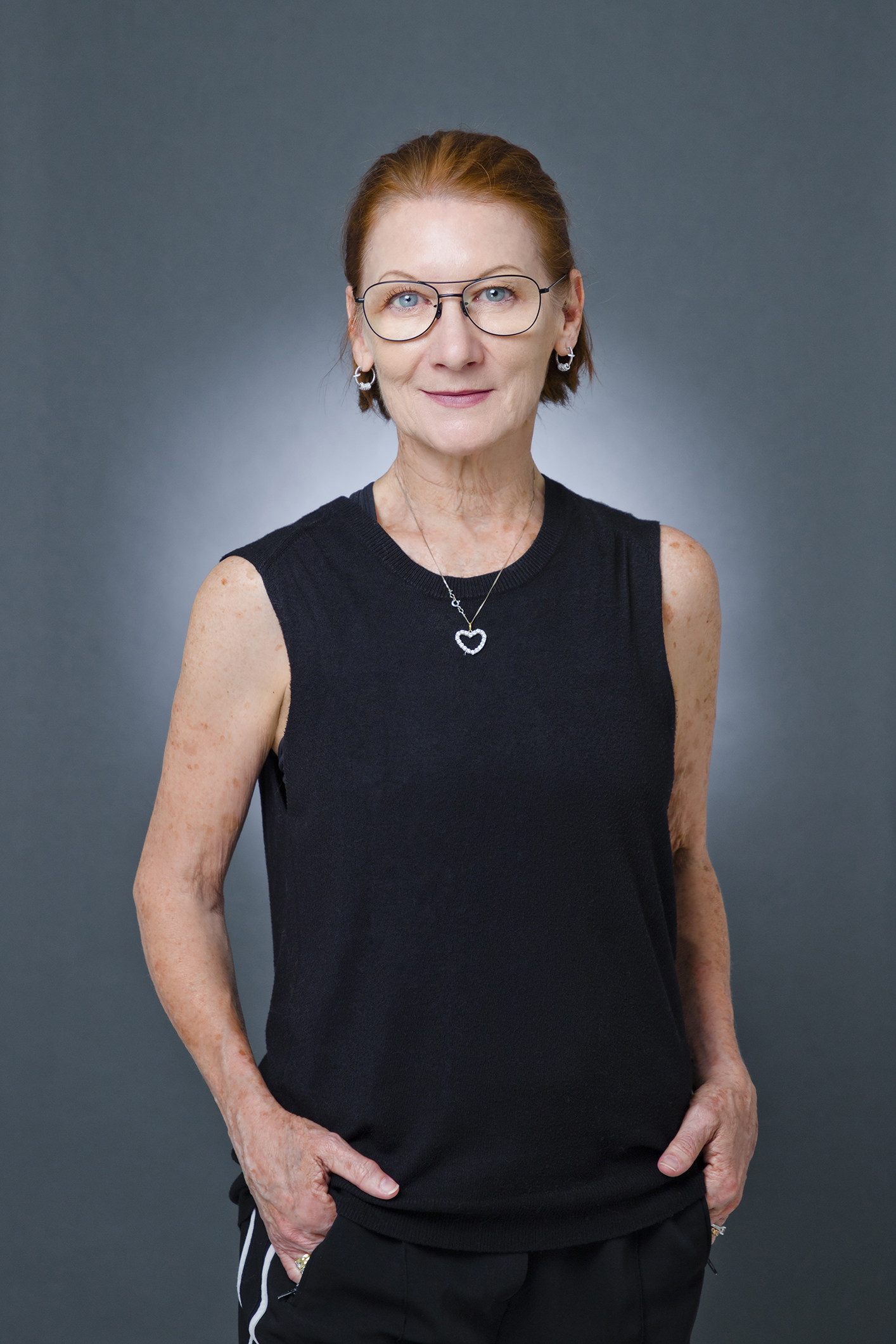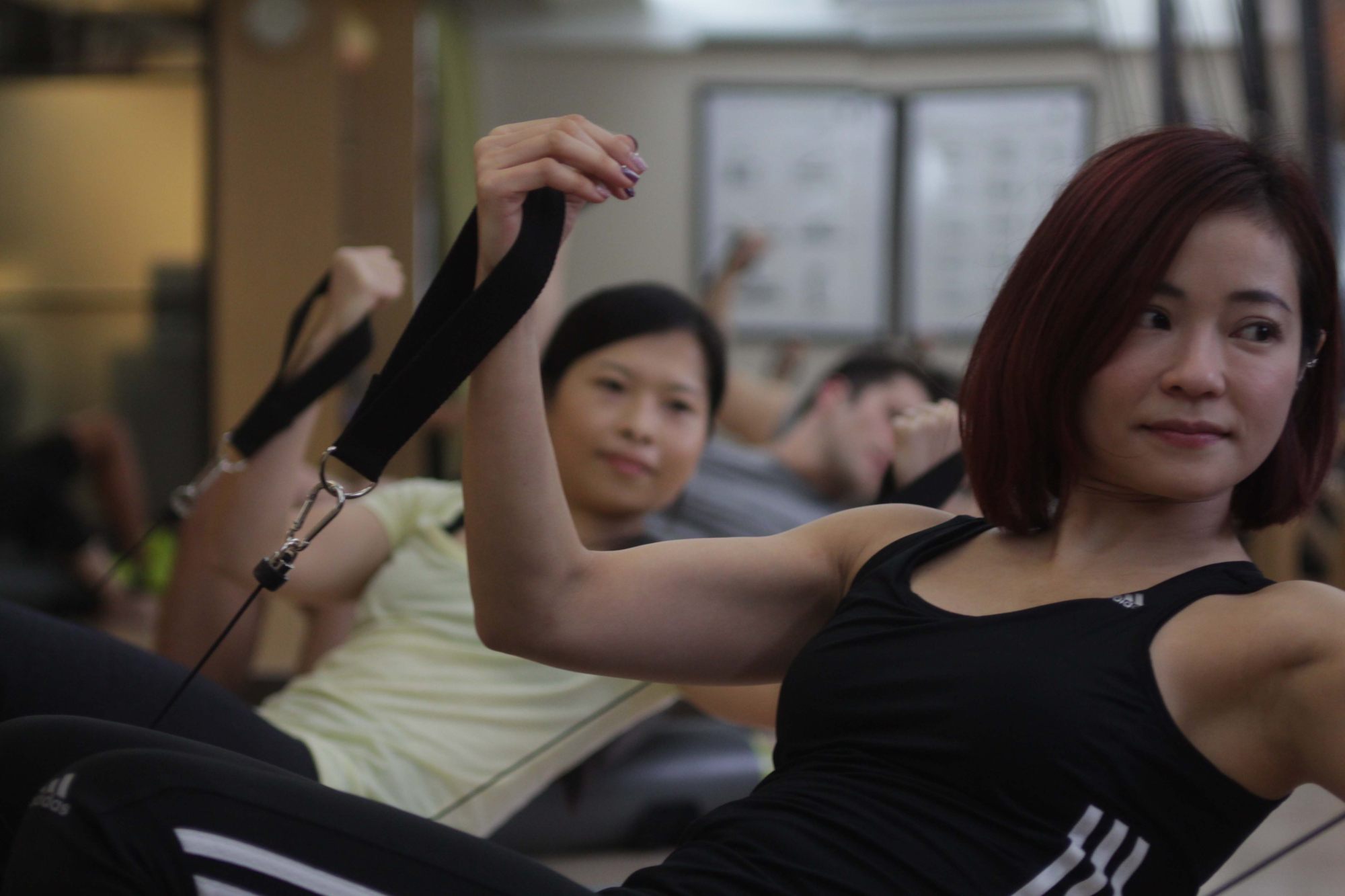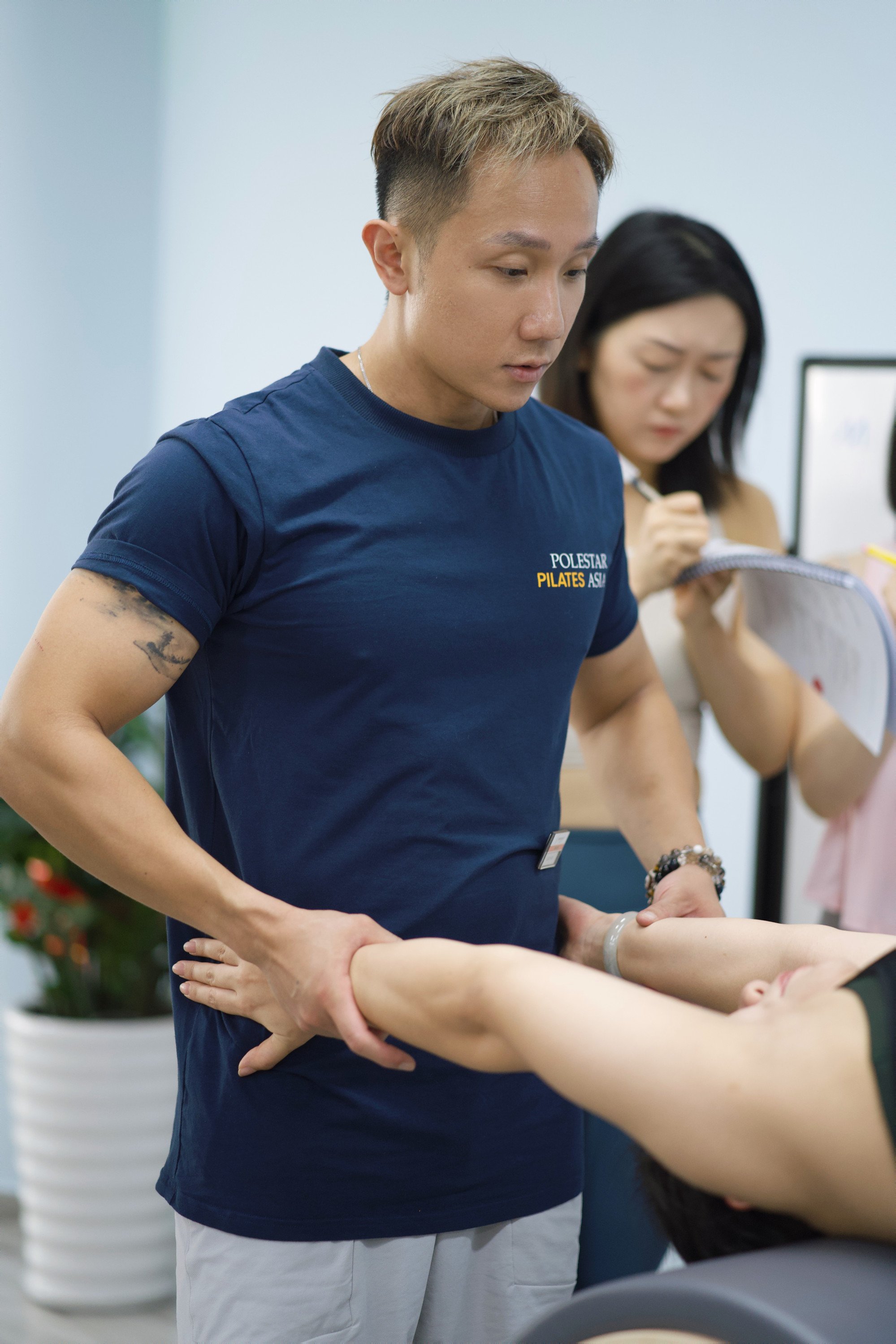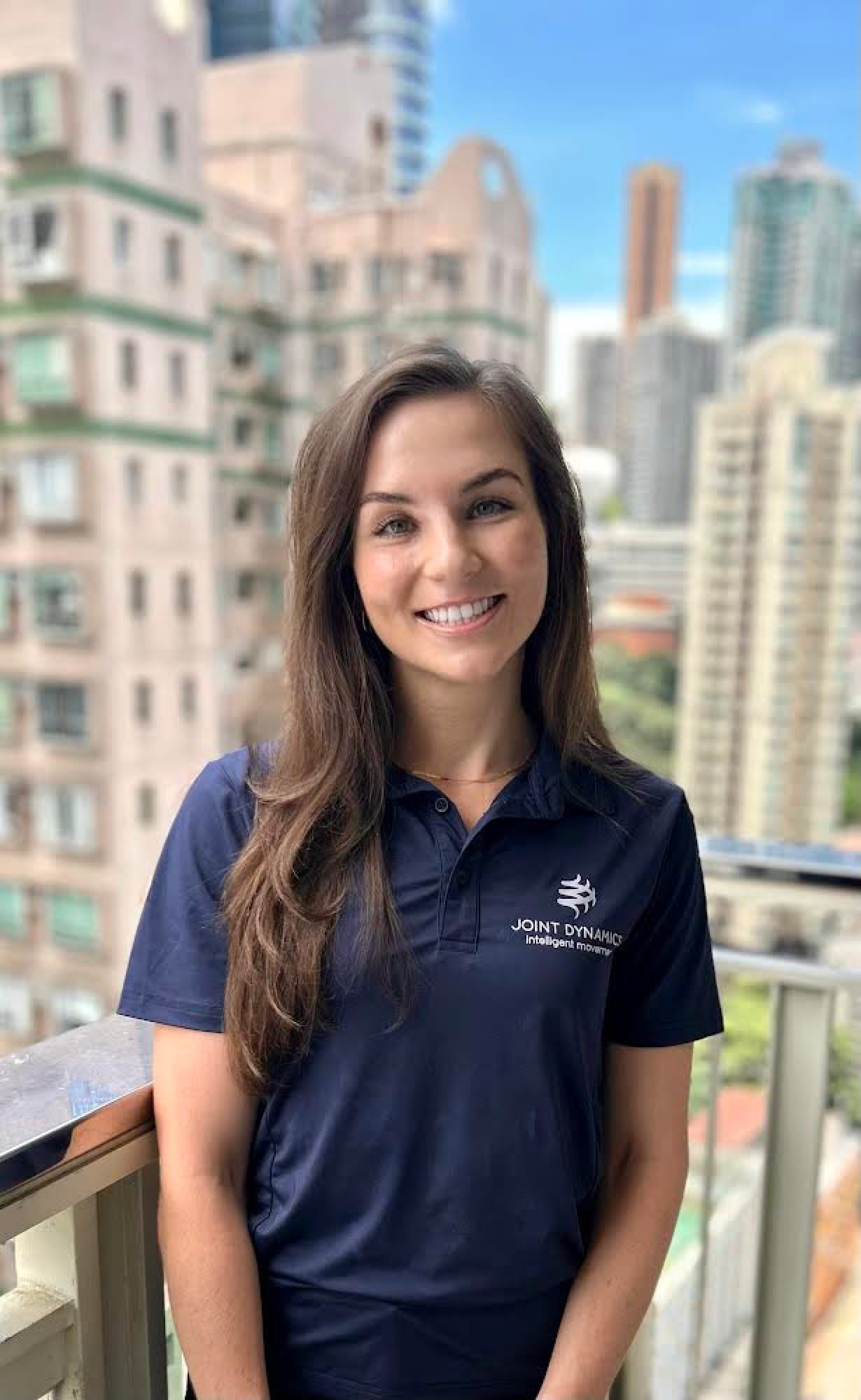
Explainer | How Pilates works to transform bodies: it builds core strength, corrects imbalances, improves mindfulness – and LeBron James is a fan
- In an ever-growing sea of exercise regimes that rise and fall with the trends, Pilates commands unusual devotion – and many tout it as life-changing
- One instructor calls it a ‘nice segue into exercise’ that trains mobility, strength, control, balance and flexibility – and it can be done by people of all ages
Dawnna Wayburne, a ballet dancer turned Pilates instructor, suffered from a lung tumour as a child in the UK – and the surgery to remove it left her with nerve damage that, she quips, made her look like “two people glued together”.
“I had a droop on one side of my face, one hip higher than the other,” she says.
Although she recovered enough to join the Royal Academy of Dance in London, the lingering effects limited what she could do as a professional dancer.
How teaching Pilates helps a former Macau showgirl stay in shape
“I thought it would be just stretchy exercises at first, but it turned out to be so much more than that,” the 67-year-old says. “Not just the exercises, but also a mindfulness that really helps dancers get in that state of mind for excellence and stay injury-free.”
After moving to Hong Kong, where she opened a ballet school, Wayburne noticed her students experiencing issues like the ones she did – subtle imbalances in their bodies that affected the way they danced. She decided to incorporate Pilates into her dance teaching and, in 1998, opened Pilates studio Iso Fit, where she is currently the education director.

Pilates was conceived as a rehabilitative regime by Joseph Pilates, a German inventor and trainer, during World War I, when he worked with injured or disabled soldiers at a British hospital.
He later moved to the United States and continued developing his programme with his wife. The results of their work live on today, with multiple sub-disciplines of Pilates and a worldwide following.

What is Pilates?
A Pilates workout uses low-impact movements to train mobility, strength, control, balance and flexibility. Many exercises focus on spinal alignment and muscles around the back, core, glutes and thighs.
Wayburne describes Pilates as a “nice segue into exercise” for people who “might be scared of the gym and don’t want to lift a lot of weights”.
Pilates can be all things to all people. I, a ballerina, might be lying down on a Reformer next to a golfer who is next to his grandmother who is next to his wife
But beyond the physical movements, a critical part of Pilates is its emphasis on breathing, mind-body connection and correct form. It trains proprioception, or kinaesthesia – the body’s ability to sense where it is in space, and a greater awareness of which body parts are being engaged and how they are moving.
“I like to describe it as going from ‘unconsciously competent to consciously competent’,” Wayburne says.
Giving the example of someone with tight shoulders stretching while watching television, “you don’t learn anything and the tension returns. Because you’re not attending to the learning which promotes change,” she says.

A good instructor will give extremely precise cues, noting muscles you may never have heard of in the process, with the aim of making movements as thoughtful and exact as possible. In addition to a lightly padded mat, exercises may use basic equipment like a ball or resistance band.
Others may involve specialised apparatus, most commonly the Reformer, a versatile machine consisting of a platform hooked up to a series of ropes and springs with different resistance loads.
More niche offerings include the Pilates Tower, Barrel, Chair and Cadillac.

Who and what is it good for?
“Pilates can be all things to all people,” Wayburne says. “I, a ballerina, might be lying down on a Reformer next to a golfer who is next to his grandmother who is next to his wife.
“They might all be doing the same exercises, but taking away different things – the grandmother might want to pick up her grandchild safely; the golfer might have an injury.”

Kenny Kam, a Pilates instructor with Iso Fit who spent 10 years in the corporate sector, describes how office life wreaked havoc on his health. “I was stressed mentally but also physically,” he says.
Sitting for hours on end left him with bad posture and chronic back pain, but seeing chiropractors and doctors only brought him temporary relief.
He tried a Mat Pilates class at a friend’s suggestion and was surprised to find it challenging, despite his weightlifting background.
Ever used a fitness mirror? We give one a test drive
Clinical Pilates, a branch which uses more of a rehabilitative or physiotherapy-based approach, is particularly suited to people recovering from injuries.

Should I do Pilates or yoga?
Broadly speaking, both disciplines train strength and flexibility, and emphasise breathing and mindful movement. However, Pilates tends to use “open-chain” movements in which the body moves freely; yoga may involve working up to, and holding, static poses. Pilates also tends to be more suitable for people with injuries or special conditions.
“If you do a plank, what are your scapula [shoulder blades] doing, not just your arms? Is your neck in line with your body?” Kam says.
Why yoga is a great workout for mind as well as body, helpful for dementia
What can it not do?
In general, Pilates builds strength and stability rather than cardiovascular fitness. “It won’t take your heart rate up the way an aerobics class would,” Wayburne says.
A small 2006 study by the American Council on Exercise found that an advanced-level Pilates routine used about as much energy as walking 6.5km (four miles) in an hour, and participants hit around 62 per cent of their maximum heart rate.
As such, while Pilates can be done as a stand-alone workout, many practitioners recommend it as part of a wider fitness routine that incorporates other cardio-based activity.

There are so many types of classes. Where do I start?
Although Reformer classes are notoriously pricey, starting at around HK$350 (US$45) for a drop-in class, Wayburne suggests beginners start with these, if possible, before progressing to a Mat class.
While Mat Pilates is generally more affordable and widely available, “it’s harder to get right”, she says. “You can cheat a bit and use one side more than the other.”
Aerial yoga at 75, Pilates and diving too – he’s ageing well
What about this Wall Pilates trend?
You have probably seen the ads yourself: the 28-day Wall Pilates challenge has been trending on social media as the summer workout craze of 2023. Unlike a Mat Pilates class, Wall Pilates, as the name suggests, uses a wall for support.
“As a low-impact exercise, it may be good for someone with no pre-existing conditions,” says Bethany Logan, a physiotherapist at Joint Dynamics in Hong Kong and a qualified Clinical Pilates practitioner. “But compared to traditional Pilates, I wouldn’t say there’s a lot of extra benefit.”

“It’s a good concept because it uses a non-moving surface,” she adds, since the wall provides resistance and muscle activation. Given the cost of in-studio classes, Wall Pilates might be an affordable option that can be done in the comfort and privacy of one’s own home, she says.
However, she notes that it might be confusing for a newcomer who does not already know about proper form and alignment.
“There’s also the chance that you can over-utilise the wall for support, and you’re not actually using the right muscle groups for the exercises,” she adds.
The tropical Indian state hoping to benefit from visa for Ayurveda treatment
She also encourages people to manage their expectations.
“Sometimes these 28-day challenges, they’re a nice place to start because it gets you in a good habit and makes you feel motivated.
“But everyone’s so different, there’s no recipe … if your goal is weight loss, you’re not going to get there just by doing a 30-minute workout every day. There’s going to be a lot of other things that play into that.”

